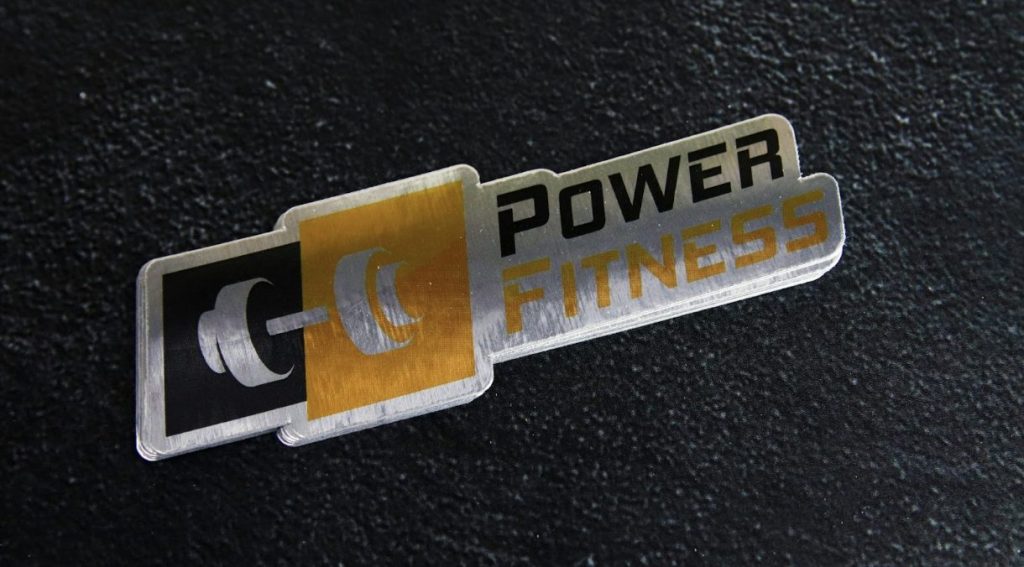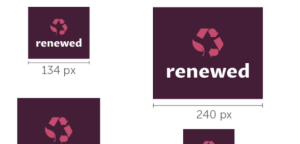In a competitive marketplace flooded with endless products, services, and brands vying for attention, the power of visual consistency cannot be overstated. Building a strong brand identity is not merely about having a logo or a catchy slogan; it’s about crafting a recognizable and trustworthy image that resonates with your audience across every touchpoint. One of the most effective ways to do this is by maintaining a consistent visual language in all forms of branding — from logos and typography to color schemes, product packaging, and even accessories like pins and patches. When done right, this approach can significantly enhance brand recognition, customer loyalty, and overall business success.
Why Visual Consistency Matters
At its core, visual consistency communicates reliability. When consumers repeatedly encounter the same visual elements from a brand — whether on a product label, social media post, or retail display — it creates a sense of familiarity. Familiarity builds trust, and trust leads to customer retention. According to a study by Lucidpress, consistent brand presentation across all platforms can increase revenue by up to 23%. This demonstrates that visual coherence is not just an aesthetic choice but a strategic asset.
Think about globally recognized brands like Apple or Nike. Their visual elements — minimalist design, specific fonts, and signature colors — are instantly recognizable. These companies have mastered the art of repetition and refinement, and smaller brands can adopt similar strategies to carve out their own space in the market.
The Role of Accessories in Branding
Beyond the conventional elements of branding like websites and brochures, accessories have emerged as a subtle yet powerful way to reinforce brand identity. Pins and patches, for instance, are no longer limited to memorabilia or fashion statements. Today, they serve as tangible representations of a company’s image, values, and personality.
Businesses are increasingly designing pins that reflect their logos, slogans, or mascots to hand out at trade shows, include in product packaging, or sell as merchandise. When a customer wears a branded pin, they’re not just accessorizing — they’re promoting the brand in a personal and portable way. This visual touchpoint reinforces brand recognition and invites conversations, effectively turning every supporter into a brand ambassador.
Creating Merchandise That Speaks
One of the rising trends in branding is the use of wholesale custom accessories like pins to scale brand visibility. These can be mass-produced with a brand’s logo, symbol, or even limited-edition designs that align with marketing campaigns or seasonal events. Purchasing in bulk not only reduces costs but also ensures consistency in quality and appearance — crucial factors in maintaining a cohesive brand image.
These pins can also serve internal branding purposes. For example, companies might create employee recognition pins or use them as part of a company uniform to instill pride and unity. When everyone in the organization visually represents the brand, it strengthens both internal culture and external perception.
Tailoring Visuals for Specific Audiences
As brands grow, so does their audience. It’s essential to adapt visual branding elements to fit different customer demographics while retaining a unified aesthetic. Custom company pins can be tailored for different events, client segments, or product lines while maintaining the same core branding elements like colors and logo placement.
This strategic customization allows businesses to stay relevant across various market niches. For instance, a tech startup might design sleek, modern pins for conferences, while creating more playful, colorful versions for community events or youth engagement campaigns — all while staying within their visual identity guidelines.
Niche Marketing with Fashion Accessories
Visual branding extends into fashion when brands tap into lifestyle-oriented merchandising. For brands targeting professionals or luxury markets, men’s suit pins offer a stylish, discreet way to showcase identity. A well-designed lapel pin worn with a suit adds a touch of personalization and prestige, particularly when the design carries significance — such as a brand emblem, corporate milestone, or event-specific motif.
By associating these elements with elegance and professionalism, brands reinforce an image of credibility and sophistication. This is especially useful for businesses that rely on networking and personal representation, such as law firms, consultancies, or boutique agencies.
<h2>Going Beyond: Custom Products as a Branding Tool</h2>
Patches are an effective and customizable option for branding, commonly sewn onto bags, jackets, or uniforms. Companies often choose custom products to mark important events, celebrate achievements, or identify different groups within their workforce.
For example, a brewery might release a collectible patch series based on their seasonal beers, while a non-profit might issue medals to volunteers for each year of service. These serve both as mementos and brand reinforcements. The tactile, high-quality nature of patches also adds a sense of value and permanence to the brand experience.
Finding the Right Source for Quality
Consistency in branding isn’t just about design — it’s also about quality. That’s why many businesses choose to shop custom patches from reputable vendors who can ensure both precision and durability. High-quality materials and craftsmanship not only look better but also wear better, sustaining the brand’s professional image over time.
Quality becomes even more important when these accessories are part of a uniform or customer-facing element. If a logo begins to fray or the colors fade, it reflects poorly on the brand. Partnering with reliable suppliers is essential to ensure that every visual touchpoint aligns with the brand’s values and presentation standards.
The Value of Local Craftsmanship
There’s also growing appreciation for locally made products, especially in the realm of small business branding. Many companies opt for patches made in USA to ensure ethical manufacturing, fast turnaround times, and the ability to collaborate more directly with designers and producers. This not only supports the local economy but also allows for tighter quality control and brand alignment.
Sourcing domestically can also become part of the brand story. Consumers increasingly care about how and where their products are made. Highlighting locally sourced accessories can enhance a brand’s authenticity and appeal, particularly in markets that value craftsmanship and transparency.
Visual consistency is a foundational element
Building a strong brand identity is a multifaceted endeavor, but visual consistency remains a foundational element. From logos and typography to pins and patches, every visual element should communicate a unified story. Accessories like custom pins and patches offer dynamic ways to bring that story into the physical world — worn on jackets, pinned to bags, or displayed proudly in offices.
As the tools of branding continue to evolve, the principle of visual consistency holds steady. It is the thread that weaves all brand elements together, ensuring that whether a customer sees your business online, at an event, or on a product, they immediately know who you are and what you stand for.
Designing Logos That Work on Accessories
When designing logos specifically for accessories, consider how your branding will scale and adapt to smaller surfaces. Clean, bold shapes and simplified color palettes tend to reproduce best across embroidered patches, metal pins, and other tactile items. Using our logo creator makes this process easy, offering export options and mockups tailored for real-world applications like apparel, packaging, and merch. You can experiment with layouts that emphasize legibility and visual punch even at smaller sizes, ensuring your brand looks just as strong on a hat or tote bag as it does on a website.
As the tools of branding continue to evolve, the principle of visual consistency holds steady. It is the thread that weaves all brand elements together, ensuring that whether a customer sees your business online, at an event, or on a product, they immediately know who you are and what you stand for.



